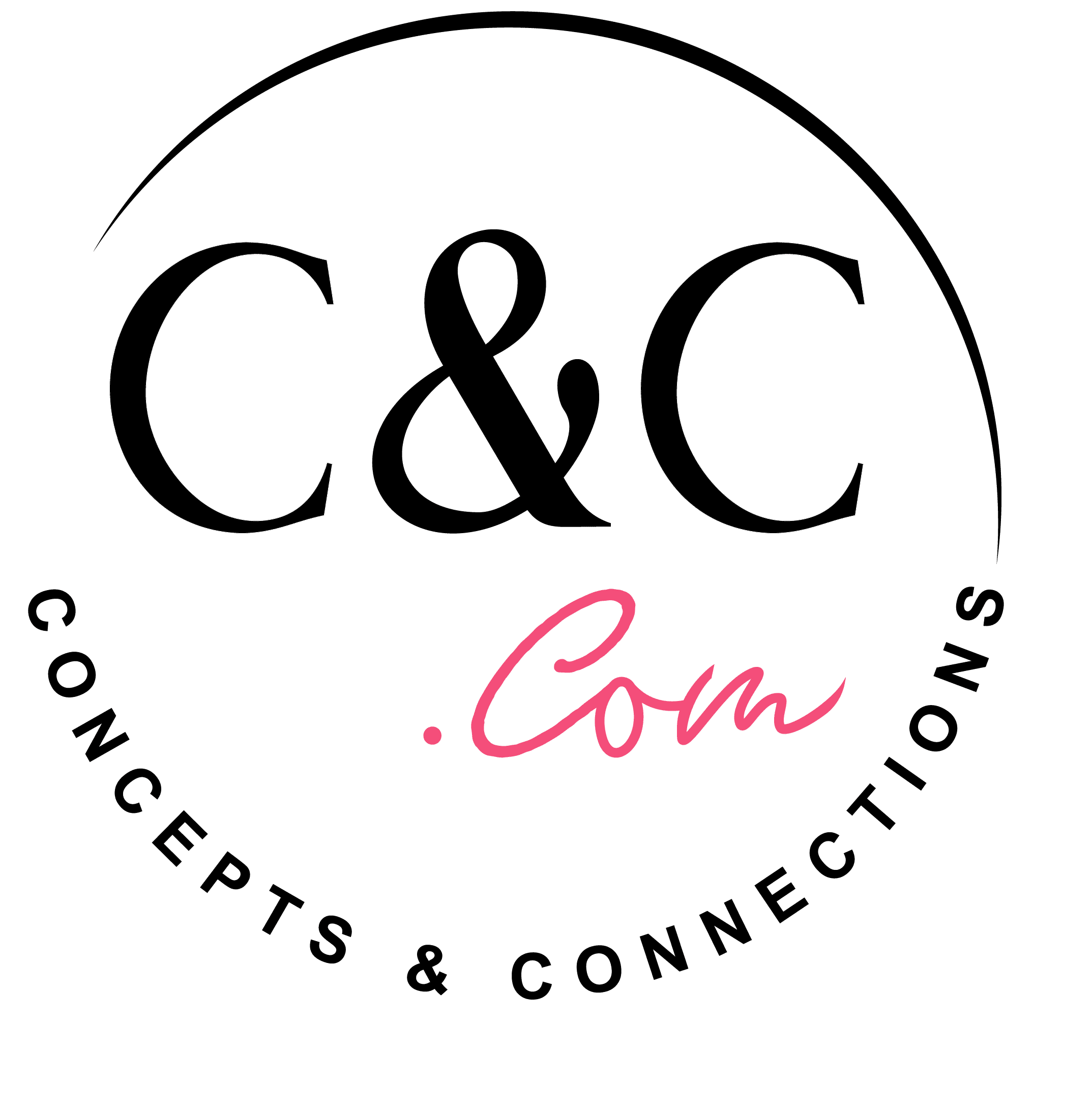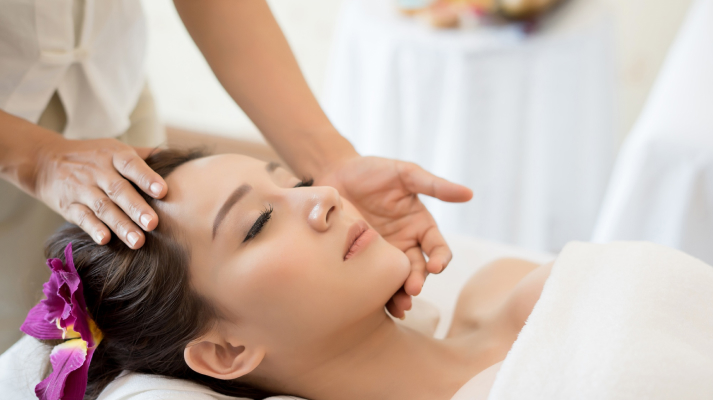Add Your Heading Text Here
Clean Beauty or Clever Marketing?
Are “clean” and “natural” labels genuinely safer—or just buzzwords to drive sales?
The beauty aisle has become a battleground of buzzwords—clean, natural, green, toxic-free. These terms are splashed across everything from lip balm to luxury serums, promising purity, health, and eco-consciousness. But here’s the million-dollar question: are these labels grounded in safer formulations, or are they simply persuasive branding tactics designed to influence consumer behavior?
What Does “Clean” Really Mean?
The term “clean beauty” is often associated with products free from synthetic chemicals, parabens, sulfates, and other so-called “toxic” ingredients. But here’s the catch—there’s no universal standard for what qualifies as “clean.” Each brand defines it differently, sometimes omitting ingredients based more on trends or fear-mongering than science.
While some companies do the legwork—conducting clinical tests, sourcing sustainable ingredients, and being transparent about their formulations—others may slap on the label with little substance behind it.
Natural ≠ Better (or Safer)
It’s easy to assume that if something is natural, it must be good for your skin. But let’s break that down.
- Lavender and citrus oils? Potential irritants.
- Poison ivy? Totally natural—and not something you’d want in a face cream.
- Preservatives? Often villainized, yet necessary for preventing bacterial growth.
It’s not about nature versus science; it’s about safety, stability, and efficacy, no matter the source.
The Role of Marketing
There’s undeniable appeal in words like “pure,” “green,” and “plant-based.” They evoke trust and health. But clever marketing can sometimes cloud critical thinking.
Some brands lean into “free-from” lists—boasting about the absence of ingredients that were never in question to begin with. Others use earthy aesthetics to imply wholesomeness, even if the formula is fairly conventional.
Consumers deserve better than smoke and mirrors. We deserve clarity, not confusion.
So, What Should You Look For?
- Transparency over terminology. Brands should openly share full ingredient lists, sourcing practices, and testing protocols.
- Science-backed claims. Seek out dermatological testing, third-party certifications (like EWG, COSMOS), and clinical results.
- Personalized over popular. Just because something’s labeled “clean” doesn’t mean it’s right for your skin type or concerns.
Final Thoughts
Clean beauty isn’t inherently bad—it’s a well-intentioned movement that grew out of real concerns about ingredient safety and sustainability. But as with all trends, it comes with both progress and pitfalls. Being a conscious consumer means asking questions, reading labels, and not mistaking aesthetic for ethics.




